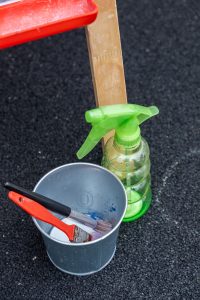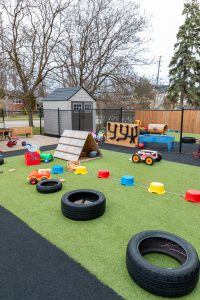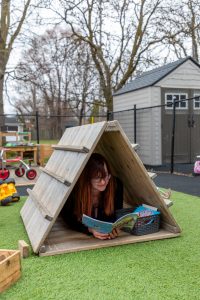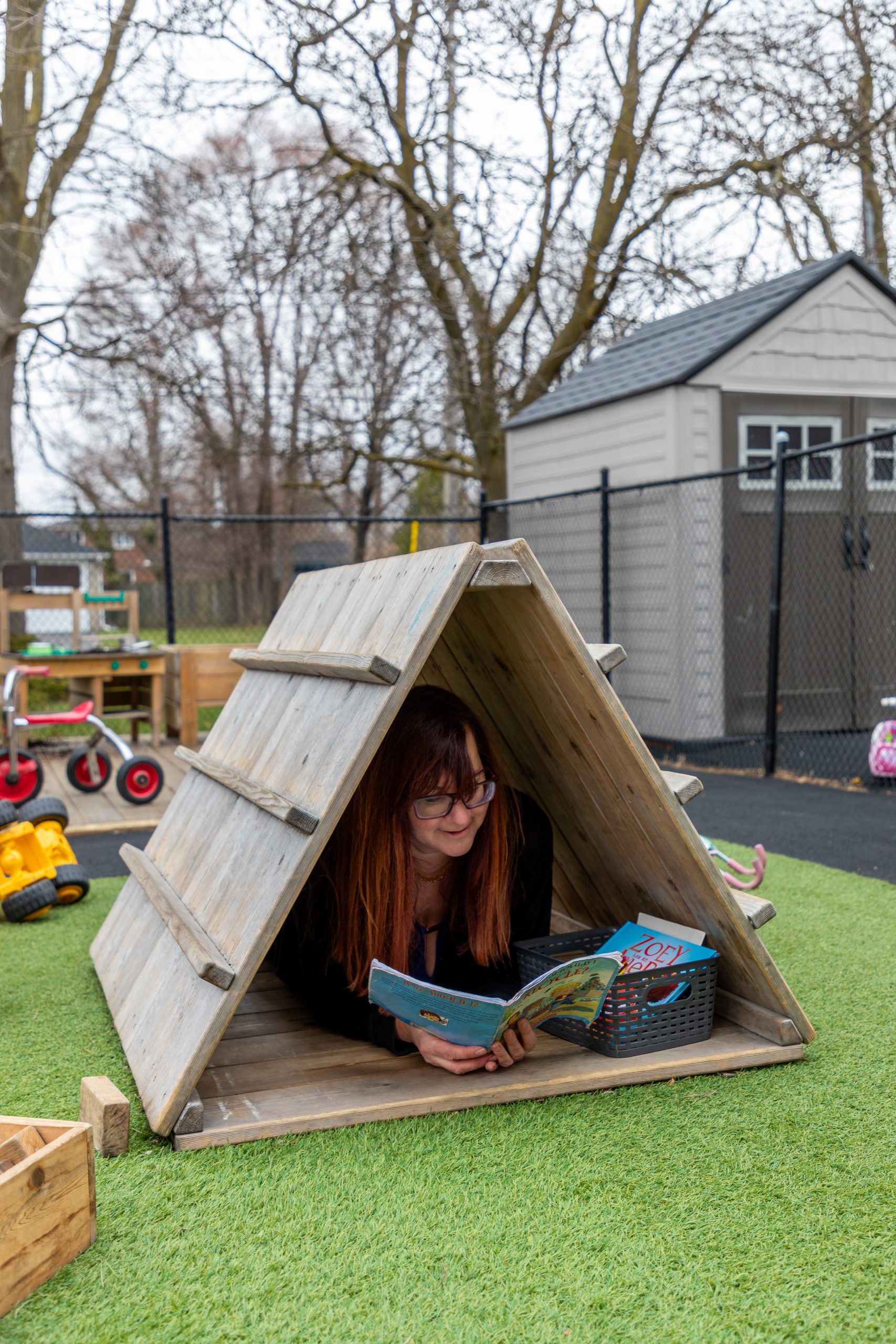Transforming the Outdoors into a Classroom: Learning Beyond the Walls
“There’s no Wi-Fi in the forest, but you’ll find a better connection.”
In early childhood education, we often talk about environments as the third teacher—and the great outdoors is one of the most powerful and overlooked classrooms of all.
When you step outside, learning becomes multi-sensory, meaningful, and full of real-world connections. Here’s how you can create rich educational experiences outdoors using four key learning zones: art, physical activity, sensory play, and literacy.

🎨 Outdoor Art: Nature as the Canvas
Art outside isn’t just about painting under the sun—it’s about using nature itself as the medium. Set up an outdoor art station with clipboards, natural paintbrushes (sticks, pine branches, leaves), and washable paints. Children can draw what they see, mix colors with mud, or create land art using stones, twigs, and petals.
Why it matters:
Outdoor art fosters creativity, fine motor skills, and encourages children to observe and appreciate their surroundings. It’s process-focused, messy, and completely magical.

🏃♀️ Physical Activity: Learning Through Movement
Gross motor development is foundational in early childhood, and your outdoor space is the perfect arena for movement. Set up an obstacle course with logs, balance beams, tires, and tunnels. Let kids run, jump, climb, and crawl.
Why it matters:
Physical activity supports coordination, balance, spatial awareness, and builds confidence. And when children move their bodies, they’re also strengthening their brains.

🧼 Sensory Play: Engaging the Whole Body
Think mud kitchens, water tables, sand pits, and bins filled with leaves or pinecones. Sensory play outdoors allows for bigger messes and bigger discoveries. In our outdoor classroom, our mud kitchen is always busy—stirring, pouring, and inventing recipes and potions using mud, sticks and stones.
Why it matters:
Sensory play promotes exploration, early science concepts, and language development. It also supports emotional regulation and collaborative play.

📚 Literacy: Reading and Storytelling Under the Sky
Books don’t belong only inside. Set up a cozy tent or shady nook with pillows and a bin of books. Children can listen to stories, flip through picture books, or even act them out using props they find in nature.
Why it matters:
Outdoor reading connects literacy to the real world. When a child reads about a bird and then spots one overhead, comprehension becomes real. Language and storytelling blossom when children are surrounded by inspiration.
Final Thoughts
An outdoor classroom isn’t just a trend—it’s a return to what children need: space, fresh air, and natural curiosity. By thoughtfully including areas for art, physical activity, sensory play, and literacy, you’re creating a whole-child learning experience that goes far beyond worksheets and screens.
Let the outdoors be your co-teacher—because real learning doesn’t always happen at a desk.

